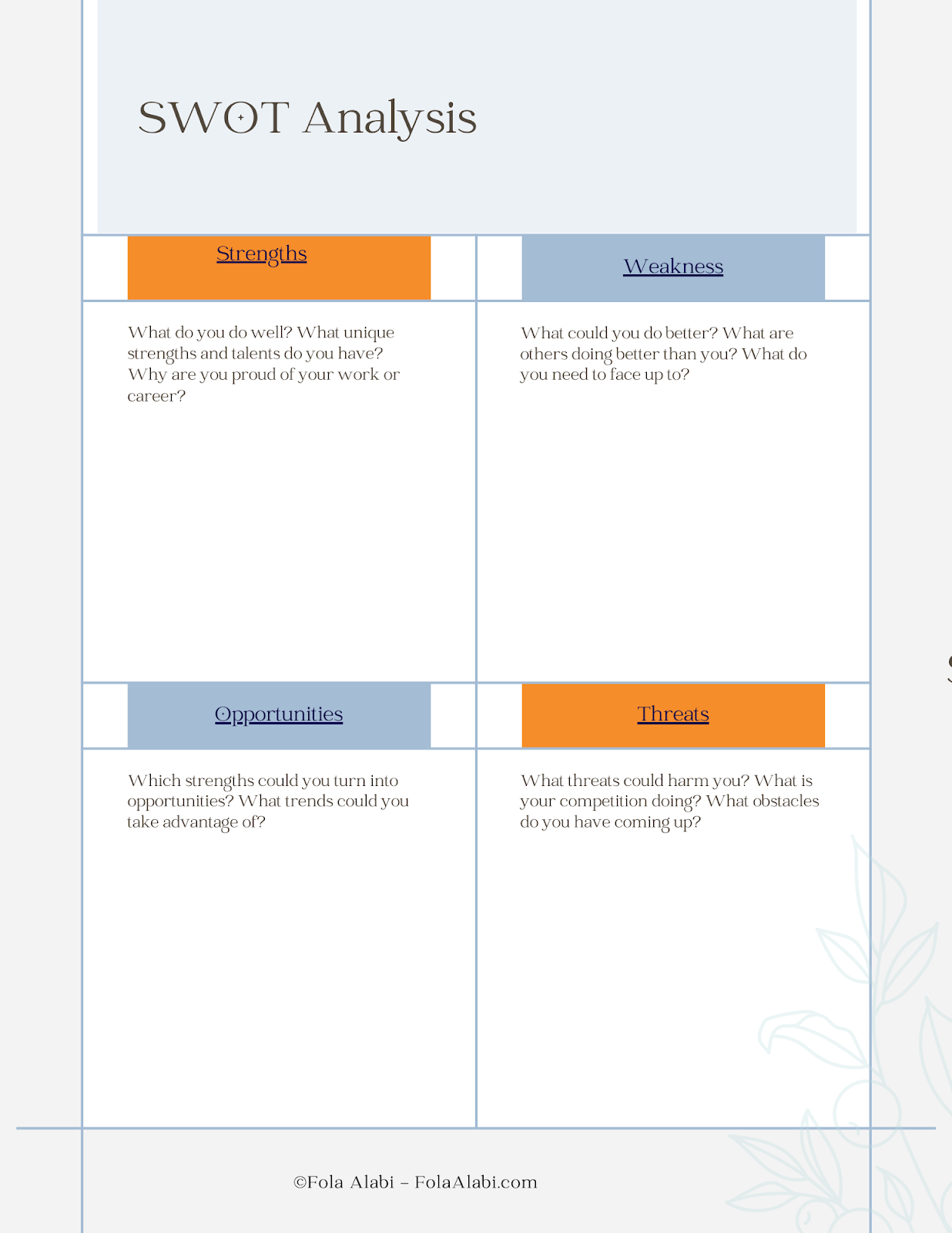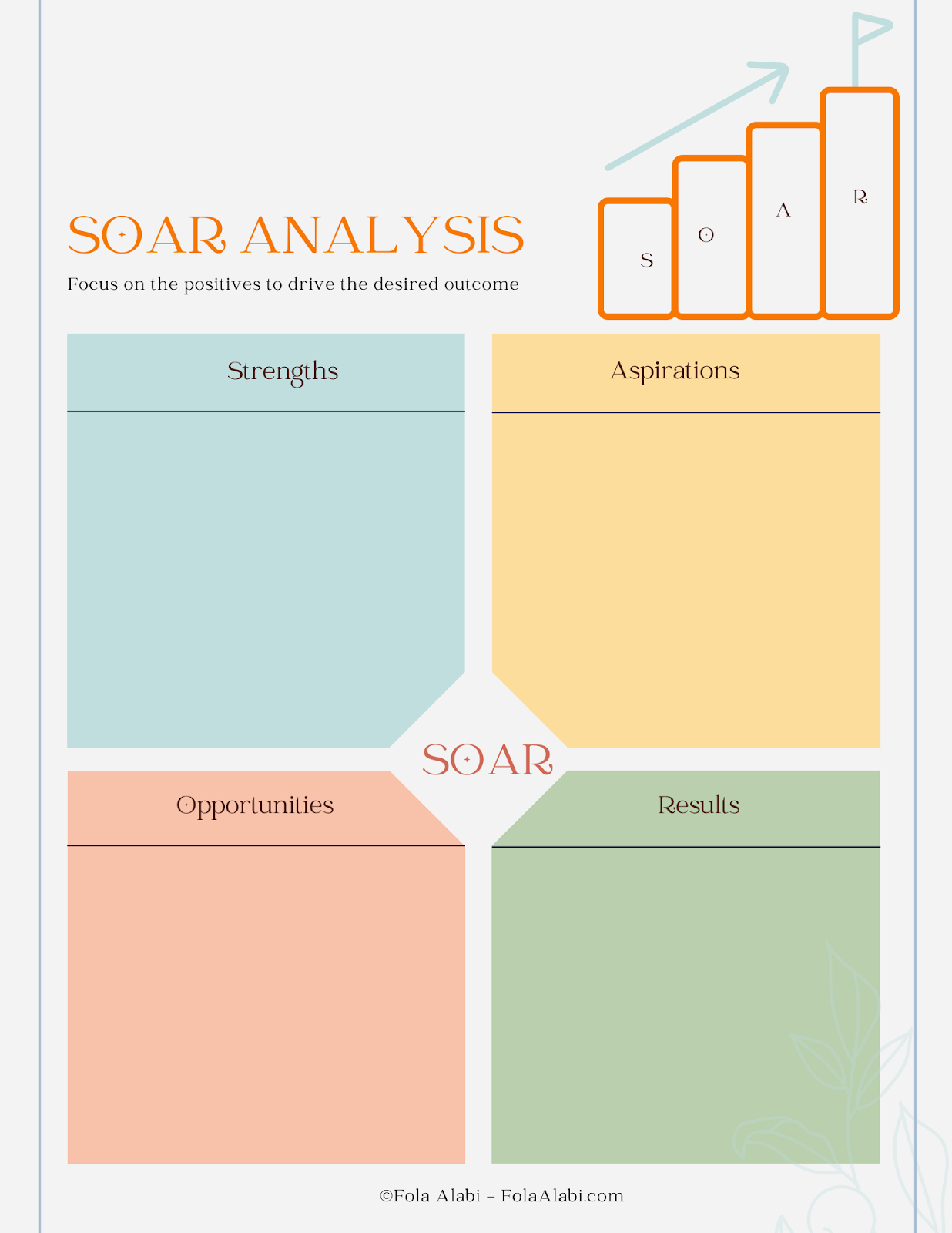
Seven (7) Simple Steps to Land You a PM Role
Without a doubt, project management is changing the landscape for organizations and the discipline has become much sought after by driven professionals and entrepreneurs.
BrainStation.io states that: “the reason project management is such a good career and project managers are in such high demand, is because every company will always initiate projects to increase revenue, minimize cost, and boost efficiency. That is why, according to a recent report from PMI, there’s such a drastic shortage of Project Managers relative to demand. The report found that on an annual basis, employers will need to fill nearly 2.2 million new project-oriented roles each year through 2027. Further, the report found $208 billion is at risk due to that anticipated project management shortage.”
Project Management is in high demand according to The PMI Project Management Job Growth and Talent Gap 2017–2027 states that: “by 2027, employers will need nearly 88 million individuals in project management-oriented roles. China and India will represent more than 75 percent of the total project management-oriented employment.”
I get this question a lot: How can I become a project manager or land a project management role without formal project management experience?
I have created the STRAP-UP™ formula that helped me land my first six-figure paying role without formal project management experience. Based on its success, I teach this to my clients and I know this will help you land that desired role.
My STRAP-UP™ formula will blow your mind; you will thank me later.

Figure 1: A pictorial representation of the STRAP-UP formula
S - Self-assessment: Carry out a self-assessment of your current skills (ie. SWOT, SOAR analysis). This is important in order for you to understand the areas you are good at and areas you need to improve. That will be your current state.
T - Tactical research: You need to conduct a detailed research on the relevant skill(s) required for a project management role - i.e., communication, planning, stakeholder management, cost control, change management etc. The tactical research will help you understand the future state of where your skills need to be.
R - Re-engineering:
Based on the outcome of your self-assessment, look deep into your past personal and professional experience to see where you have managed projects, or used any of the skills from the tactical research that can be leveraged.
Perform a gap analysis. Use the current state and desired future state information you've gleaned from the self-assessment and tactical research steps respectively. The analysis you conduct in this step will indicate the steps you need to take to close the gap between the current and desired future state.
Do you know that planning a cross-country trip is a project? Likewise, volunteering for a non-profit to deliver an outcome where you might have managed resources, communicated progress and delivered an outcome is a project too. You may have managed so many more without even realizing it, so dig deep and use them as leverage.
A - Asset Alignment: This is where you align your assets, these are your strengths and opportunities to those identified from the tactical research and create a “power profile” online - LinkedIn, indeed, your personal website etc.
P - Plan: collate all the information (from the steps above) and create a plan of who you will network with like leaders, subject matter experts, mentors e.t.c. Additionally, you can consider reading project management books, listening to podcasts like the Strategic Project Leader Podcast and much more.
U - “Uptimize”: Embrace continuous improvement by revisiting your plan and making necessary adjustments as needed. This process should not be a one-off.
P - Project Manage: Make this your first official project; project manage your career pivot! Make sure you create a schedule for all the activities on your plan, create a stakeholder and communication plan, track progress, execute by taking action, and monitor and control the project.

Figure 2: Sample SWOT Analysis Template 
Figure 3: Sample SOAR Analysis Template
As soon as you land your job, you should have successfully planned and executed a project.
Are you ready to STRAP-UP?
If you have any questions drop a comment, happy to help.
About the Author
Fola Alabi is your business and leadership transformation expert. She transforms businesses and lives with strategic project management and Project Intelligence (PQ) philosophies, helping driven professionals, entrepreneurs, and organizations "execute right" to achieve goals and quickly get results.
Fola is an international speaker, educator, and author named THE Strategic Project Leader. She is passionate about people development as a catalyst to drive business and leadership transformation.
As a certified project and change management practitioner, she leverages her superpowers in project management with a strategic focus to help ordinary people live extraordinary lives by scaling their careers and business while living the life they crave.
Fola has helped professionals and entrepreneurs go from stuck to unstoppable in achieving results and goals efficiently in business and life. In her soon-to-be-released book: "Project Intelligence" – "The practical steps to achieving goals," Fola shares insights on how to increase project IQ, a critical quotient every leader and entrepreneur needs to create that competitive advantage in today's volatile, uncertain, complex, and ambiguous (VUCA) world.
Connect with me👇
LinkedIn: https://www.linkedin.com/in/Folalabi
